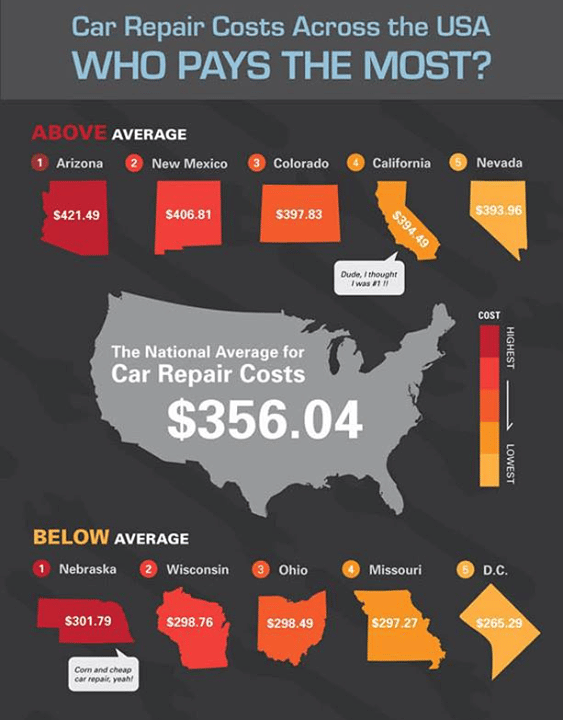Decoding Your Car'S Caution Indicators: What They Really Represent
Decoding Your Car'S Caution Indicators: What They Really Represent
Blog Article
Article Created By-Lim Alvarado
When you're behind the wheel, those radiant caution lights on your dashboard can be a bit complicated. Do you understand what they're trying to inform you concerning your auto's wellness? Recognizing the relevance of these lights is vital for your safety and the durability of your lorry. So, the next time one of those lights turns up, would not you intend to understand its message precisely and take the needed steps to address it?
Common Warning Lights and Interpretations
Determine usual caution lights in your vehicle and understand their meanings to make certain secure driving.
The most regular warning lights consist of the check engine light, which signifies issues with the engine or exhausts system. If this light comes on, it's important to have your lorry examined quickly.
The oil stress advising light suggests reduced oil pressure, calling for immediate attention to prevent engine damages.
A blinking battery light might suggest a damaged charging system, potentially leaving you stranded otherwise resolved.
The tire pressure surveillance system (TPMS) light signals you to low tire pressure, impacting car security and fuel efficiency. Ignoring this might result in risky driving conditions.
The abdominal muscle light indicates a problem with the anti-lock braking system, compromising your ability to stop swiftly in emergencies.
Finally, the coolant temperature level cautioning light warns of engine getting too hot, which can lead to extreme damage otherwise fixed promptly.
Recognizing these typical caution lights will certainly help you address problems without delay and preserve secure driving conditions.
Importance of Prompt Focus
Recognizing the usual warning lights in your cars and truck is only the very first step; the relevance of promptly dealing with these warnings can't be highlighted enough to ensure your safety and security on the road.
When engine detailing brightens on your dashboard, it's your automobile's means of interacting a possible concern that needs attention. Ignoring these cautions can lead to more severe troubles in the future, compromising your safety and security and possibly costing you a lot more in repairs.
learn more to advising lights can stop failures and crashes. As https://brakeservicenearme28395.blogdosaga.com/29882789/success-tale-changing-a-neglected-automobile-with-outlining , a blinking check engine light could indicate a misfire that, if left ignored, can cause damages to the catalytic converter. Addressing this immediately can save you from a costly repair work.
Similarly, a brake system alerting light could signal low brake liquid or used brake pads, vital elements for your security when driving.
DIY Troubleshooting Tips
If you notice a caution light on your dashboard, there are a couple of DIY repairing ideas you can attempt prior to seeking professional aid.
The primary step is to consult your automobile's handbook to understand what the particular caution light shows. Sometimes the problem can be as basic as a loosened gas cap causing the check engine light. Tightening up the gas cap might deal with the issue.
Another typical issue is a low battery, which can set off various advising lights. Checking the battery links for corrosion and ensuring they're protected could repair the trouble.
If a warning light lingers, you can attempt resetting it by separating the car's battery for a couple of minutes and after that reconnecting it. Additionally, inspecting your automobile's liquid degrees, such as oil, coolant, and brake liquid, can help repair warning lights associated with these systems.
Verdict
In conclusion, understanding your vehicle's caution lights is essential for maintaining your vehicle running smoothly and securely. By without delay addressing these alerts and recognizing what they mean, you can stay clear of pricey repairs and prospective malfunctions.
Remember to consult your cars and truck's handbook for certain details on each warning light and do something about it as necessary to ensure a trouble-free driving experience.
Stay informed, stay safe on the road!
